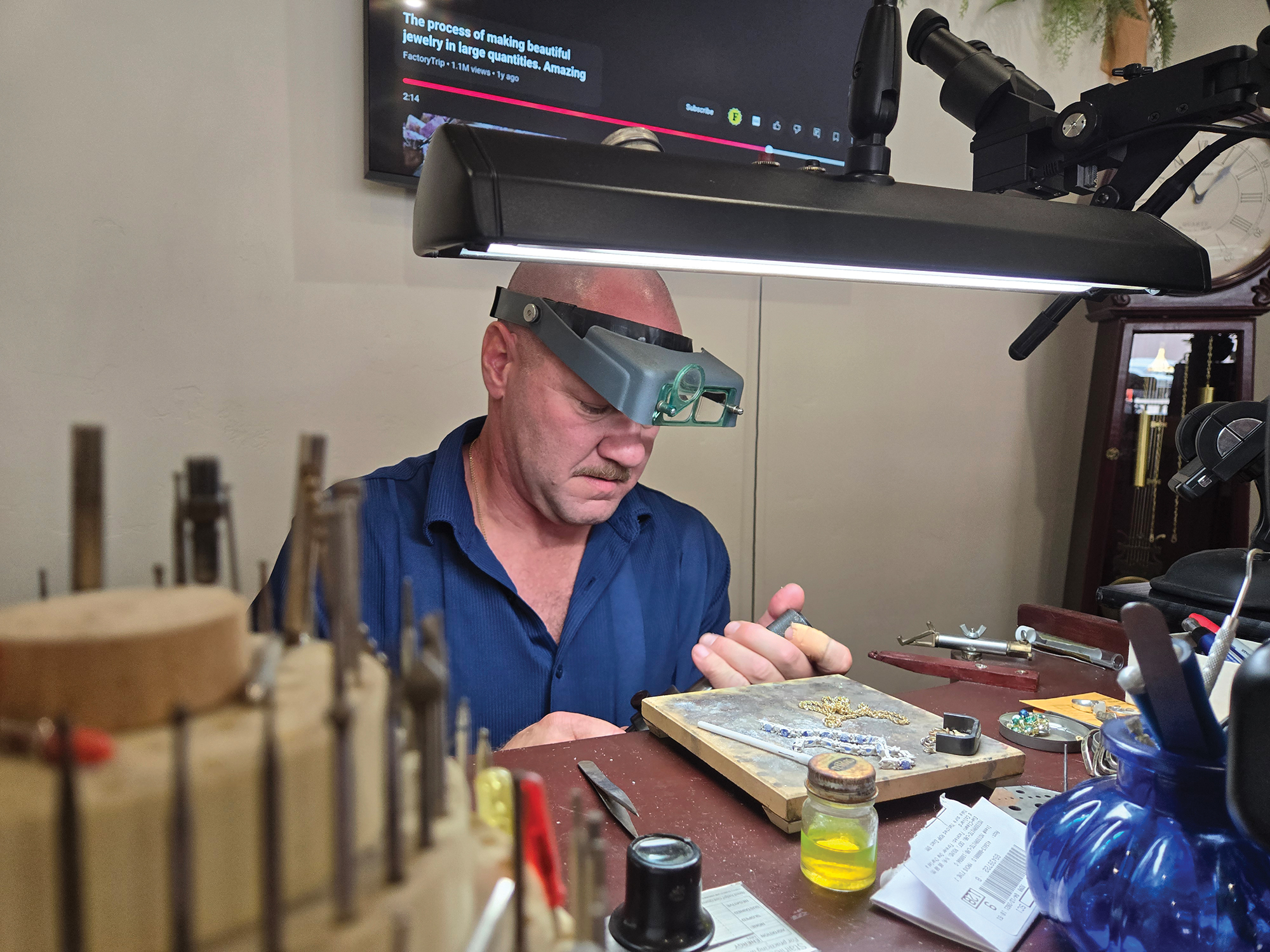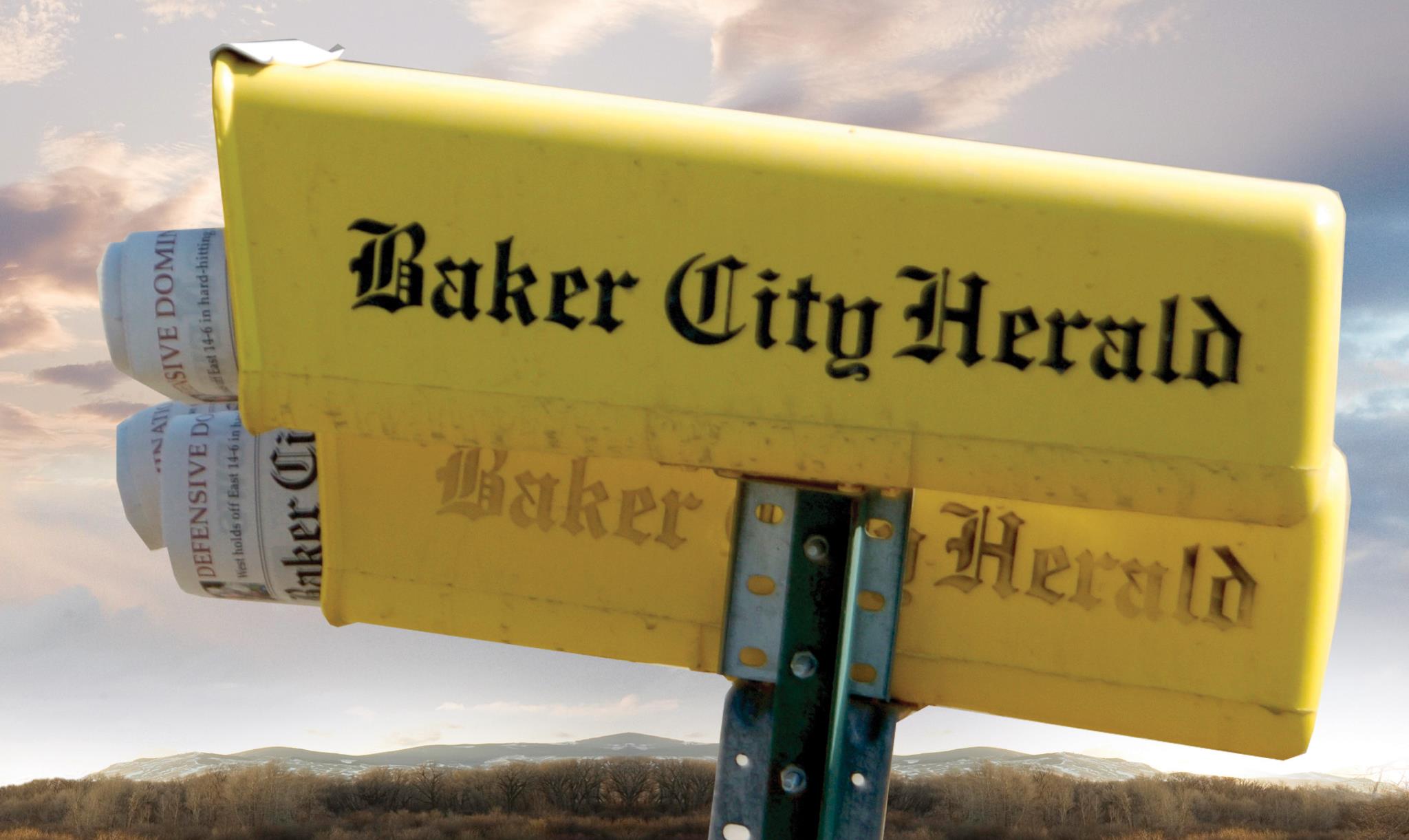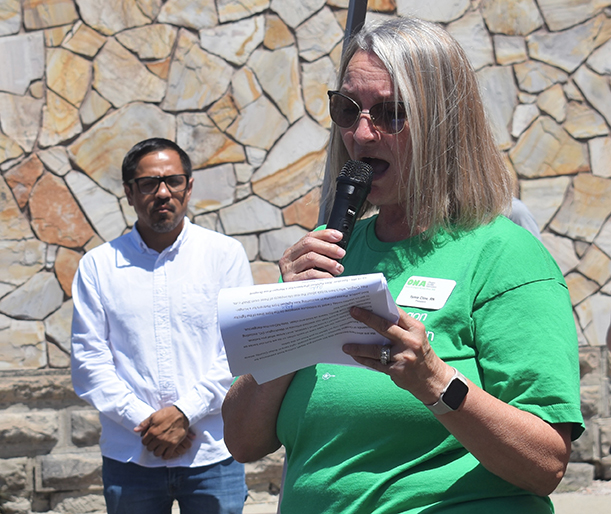Root of the Problem
Published 7:30 am Thursday, June 22, 2017

- Submitted photo: Baker City crews repair cracked sections of the Leo Adler Memorial Parkway.
Baker City has used a $15,000 grant awarded nearly three years ago to repair just over a mile of the Leo Adler Memorial Parkway from D Street north to Hughes Lane.
Sections of the paved pathway along the Powder River were closed last week north of D Street while city crews repaired sections of bumpy, cracked asphalt.
Starting yesterday and continuing today the pathway is closed for continuing work on the section south of D Street to Campbell Street.
The bumps were caused by tree roots. The affected areas were cut out and repaved with the help of a $15,000 grant from Cycle Oregon awarded in the fall of 2014. The city matched the grant with $15,000.
Joyce Bornstedt, the city’s technical administrative supervisor, said the path was in need of maintenance and the grant was a big help in accomplishing the work.
“It’s a very heavily used park asset for Baker City,” Bornstedt said.
The bumps, some several inches high, posed a safety risk for pedestrians, bicyclists and other LAMP users.
“That was kind of the impetus behind the Cycle Oregon grant too — to provide safe and usable pathway space,” Bornstedt said. “Safety is a big part of the reason we got that $15,000 grant.”
Repairing the damaged sections should extend the life of the asphalt by as much as 30 years.
After the grant was awarded, city officials considered how to maintain the path and to prevent future damage.
Because roots are the main culprit, the city used about $8,500 of the Cycle Oregon grant last fall to install a rigid plastic root barrier along both sides of a 600-foot section of the path south of H Street.
Bornstedt said this is a test to see if the barrier will prevent tree roots from extending below the asphalt.
City crews also cut the sections of roots that were intruding on the path.
See more in the June 21, 2017, issue of the Baker City Herald.
Grassroots
Grass was the root of a problem that threatened to choke Baker City’s water supply recently.
Since late May, city workers have removed grass roots that clogged a section of one of the two main pipelines that bring water to town from the 10,000-acre watershed in the Elkhorn Mountains about 10 miles west of town.
The two-mile section of concrete pipe between Marble and Salmon creeks was so rife with grass roots (and some tree roots) that the water flow was severely reduced.
might not have been able to meet the demand for water when it peaks during the summer, said Doug Schwin, the city’s engineer.
“We had to go up and do something just to be able to meet the demand for the summer once the irrigation started,” Schwin said. “We got up there as soon as we could — when the snow and the melt off would let us.”
Schwin said the roots had reduced the capacity of the pipe to about half a million gallons per day.
After workers removed the roots with a saw, the flow increased to almost 3 million gallons.
The pipe between Marble and Salmon is part of the city’s mountain line, the oldest of the two supply lines. The mountain line is fed by 12 springs and streams, and it can carry up to 4 million gallons of water per day.
The second line brings water from Goodrich Lake across Baker Valley. Its capacity is up to 6 million gallons per day.
The city needs to have both lines running at or near their capacity on the hottest summer days, when the demand can exceed 7 million gallons per day.
With roots limiting the mountain line’s volume to half a million gallons, the city would have struggled to meet peak demand even with the Goodrich line running full, Schwin said.
The mountain line serves a second purpose — its water generates electricity at a plant near the city’s storage reservoirs on the hill at the southwest corner of town.
The city sells that electricity to Idaho Power Company.
“That’s another benefit of having more flow down the mountain line,” Schwin said. “It can generate more power at the hydro plant.”
See more in the June 21, 2017, issue of the Baker City Herald.









